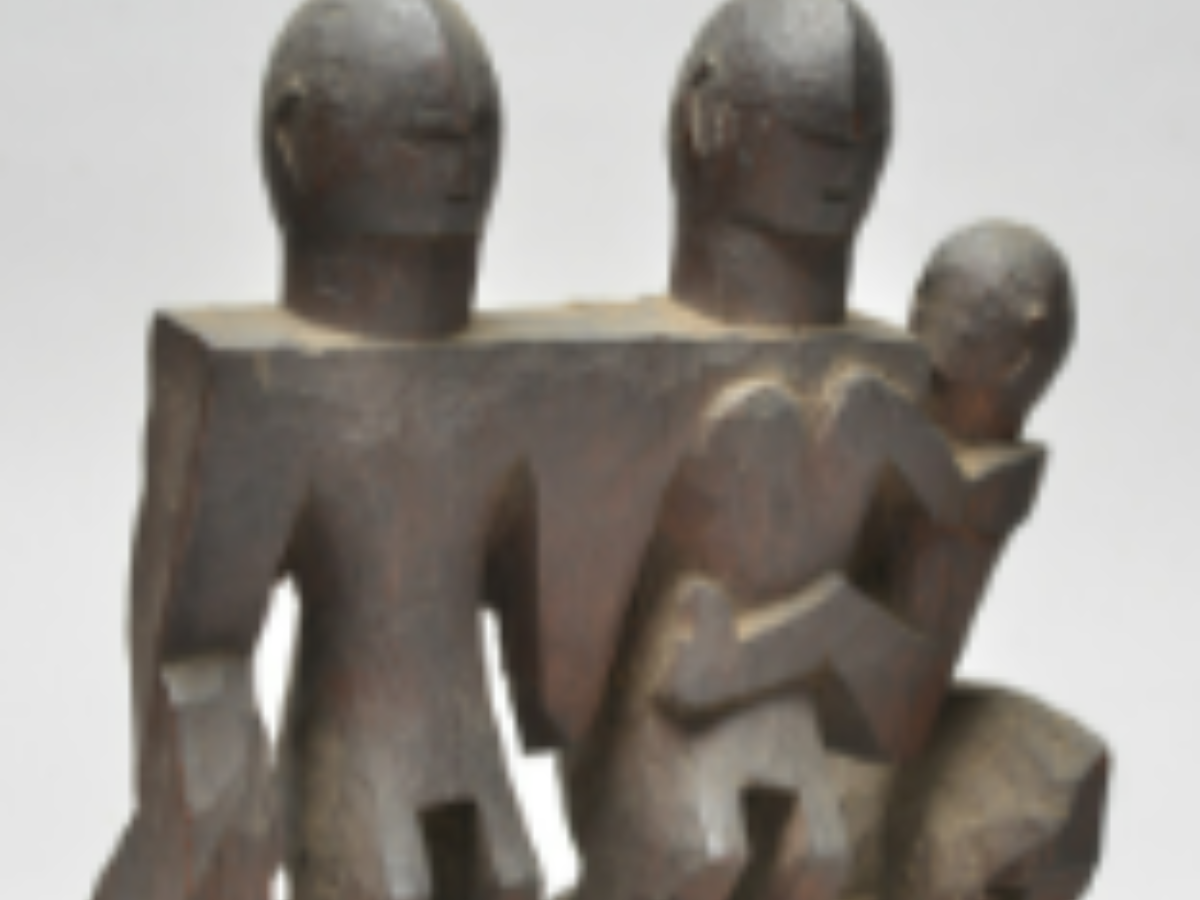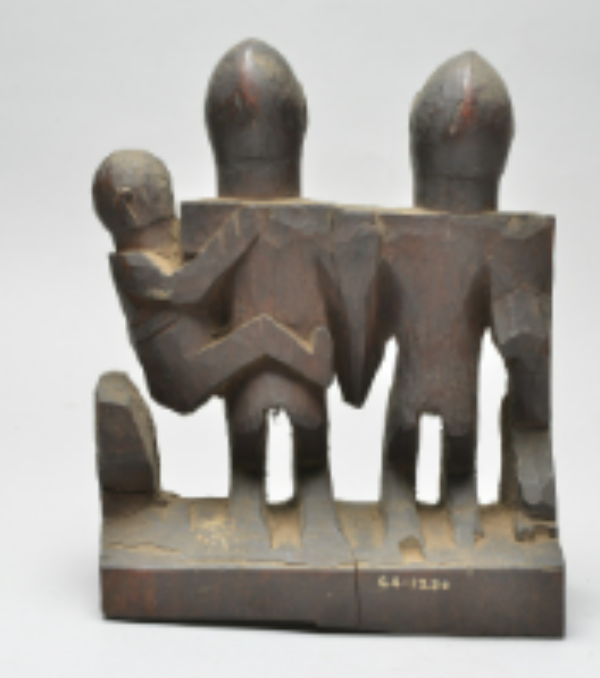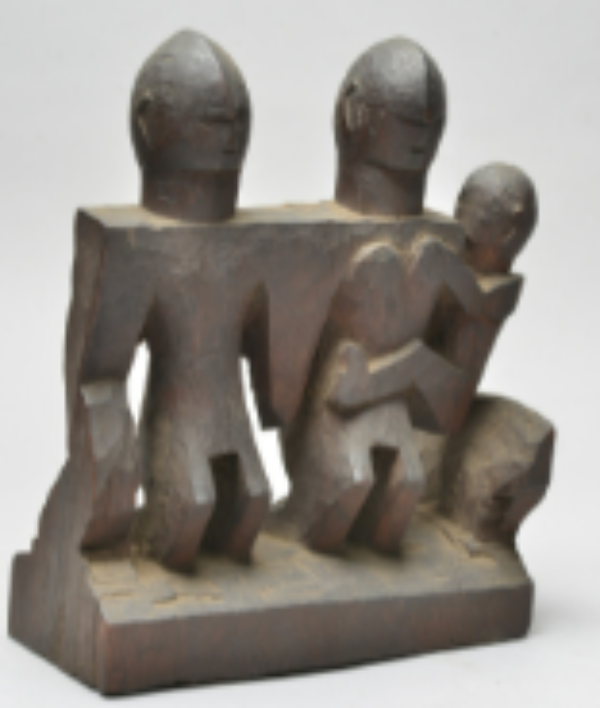State
Tribe Name
Art Type
short description
In India, the Santhal tribe is one of the biggest tribes. Theirs is, perhaps, the richest heritage in the artistry and symbolism of rituals. Among the many artifacts in their culture, the wooden fragment of marriage litter assumes a special connotation. It is an intricately carved wooden piece used to decorate a marriage litter, the ceremonial palanquin carrying a bride and bridegroom.
Thumbnail

Filter Postion
Left
Filter Background
Off
Theme
Filter Header Image

content
Image

description
In India, the Santhal tribe is one of the biggest tribes. Theirs is, perhaps, the richest heritage in the artistry and symbolism of rituals. Among the many artifacts in their culture, the wooden fragment of marriage litter assumes a special connotation. It is an intricately carved wooden piece used to decorate a marriage litter, the ceremonial palanquin carrying a bride and bridegroom.
Image Mode
landscape
Image

description
This couple with a child represents family, continuity, and prosperity. It is the santhal carving technique that makes this piece, witnessing high-rooted artistic skill with their generations. In Indian Santhal culture, this wooden ornamentation is not just ornamental but also serves as a blessing for a harmonious and fruitful marriage.
During Santhal weddings, this marriage litter forms part of the procession, signifying that the bride has embraced a new life. Incisions of such admonitory figures are means by which the litter becomes more sacred and more imbued with cultural nuances. Yet, the Santhal community itself maintains such artistic culture, notwithstanding the repercussions of modernity; hence wood carvings remain a central aspect of the heritage.
The Santhal people, who are predominantly found in Jharkhand, West Bengal, Odisha, Bihar, and Assam, take pride in preserving their wood-carving craft. Even now, these beautiful wooden pieces are deemed precious for their representation of Santhal craftsmanship and cultural identity.
During Santhal weddings, this marriage litter forms part of the procession, signifying that the bride has embraced a new life. Incisions of such admonitory figures are means by which the litter becomes more sacred and more imbued with cultural nuances. Yet, the Santhal community itself maintains such artistic culture, notwithstanding the repercussions of modernity; hence wood carvings remain a central aspect of the heritage.
The Santhal people, who are predominantly found in Jharkhand, West Bengal, Odisha, Bihar, and Assam, take pride in preserving their wood-carving craft. Even now, these beautiful wooden pieces are deemed precious for their representation of Santhal craftsmanship and cultural identity.
Image Mode
landscape
promoted
On
Verified
Off
